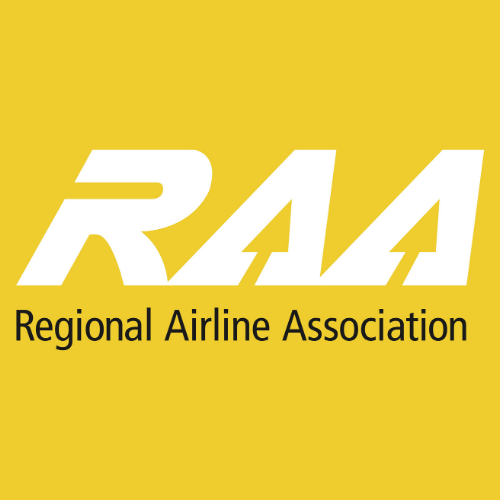Source: RAA
Regional Airline Association (RAA) President and CEO Faye Malarkey Black today issued the following statement in response to a Federal Aviation Administration (FAA) announcement related to the Agency’s clearing of certain narrow and widebody aircraft to perform low-visibility landings at a fraction of the airports expected to be impacted by 5G C-band deployment on January 19.
RAA has been a long-time participant and supporter of safe integration of 5G in the United States. Toward that end, we engaged alongside industry peers and government regulators toward the objective of protecting safe and reliable air service for all passengers, no matter which airport they travel to. Unfortunately, this is not what awaits American travelers on January 19.
Earlier this month, RAA learned of an 11th hour compromise between the FAA and telecom companies, which was characterized as lessening the propensity of signal interference to disrupt the National Airspace System (NAS). Inexplicably, those proposed mitigations were limited to just 50 airports, mostly large hubs. RAA was gravely concerned with both the process, which failed to consult regional airlines in advance of the deal, as well as the outcome, which insufficiently addressed harmful interference at larger airports and failed altogether to mitigate impacts elsewhere. The resulting delays, disfunction and chaos in our nation’s airspace will be experienced by nearly all passengers in bad weather but will be dramatically amplified for those traveling to smaller communities.
Even at these airports with mitigations, the FAA must issue special directives to ensure safety until the Agency can receive and approve Alternative Methods of Compliance (AMOCs) for safe use of low visibility approach procedures. Unfortunately, FAA has issued a list of approved AMOCs for aircraft to operate at certain airports after January 19 that does not include any regional aircraft. Further, the Agency surely understands that for some aircraft, AMOCs may not be feasible at all. This is unfortunate, given that regional airlines provide the only source of scheduled, commercial airline service to 66% of the nation’s commercially served airports and directly serve 94% of the nation’s commercially served airports, while major airlines directly serve just 34% of these airports directly.
RAA appreciates FAA’s efforts to mitigate safety and operational challenges in the face of a prior FCC decision to auction off spectrum despite FAA’s repeated warnings of unsafe interference. FCC should never have allowed a sale of spectrum until concerns over harmful potential implications to safe and reliable air transportation were fully understood and comprehensively addressed. Fortunately, it is never too late to do the right thing. Hard as it may be to reopen dialogue, it is critical that both Agencies and their regulated parties do so. RAA further urges Federal regulators and the telecommunications industry to pause the rollout of 5G until all airports are protected from interference. Proposed mitigations creating two tiers of safety and reliability with partial mitigations at 50 airports and no remedies elsewhere are flatly unacceptable. Until such time as the FAA can safely clear all aircraft serving all airports and protect all passengers from delays and chaos, FCC must continue to delay rollout of 5G around airports. To do anything less is malpractice.
RAA stands ready to support further dialogue and provide information about our important industry and its need for safe use of aviation spectrum.

